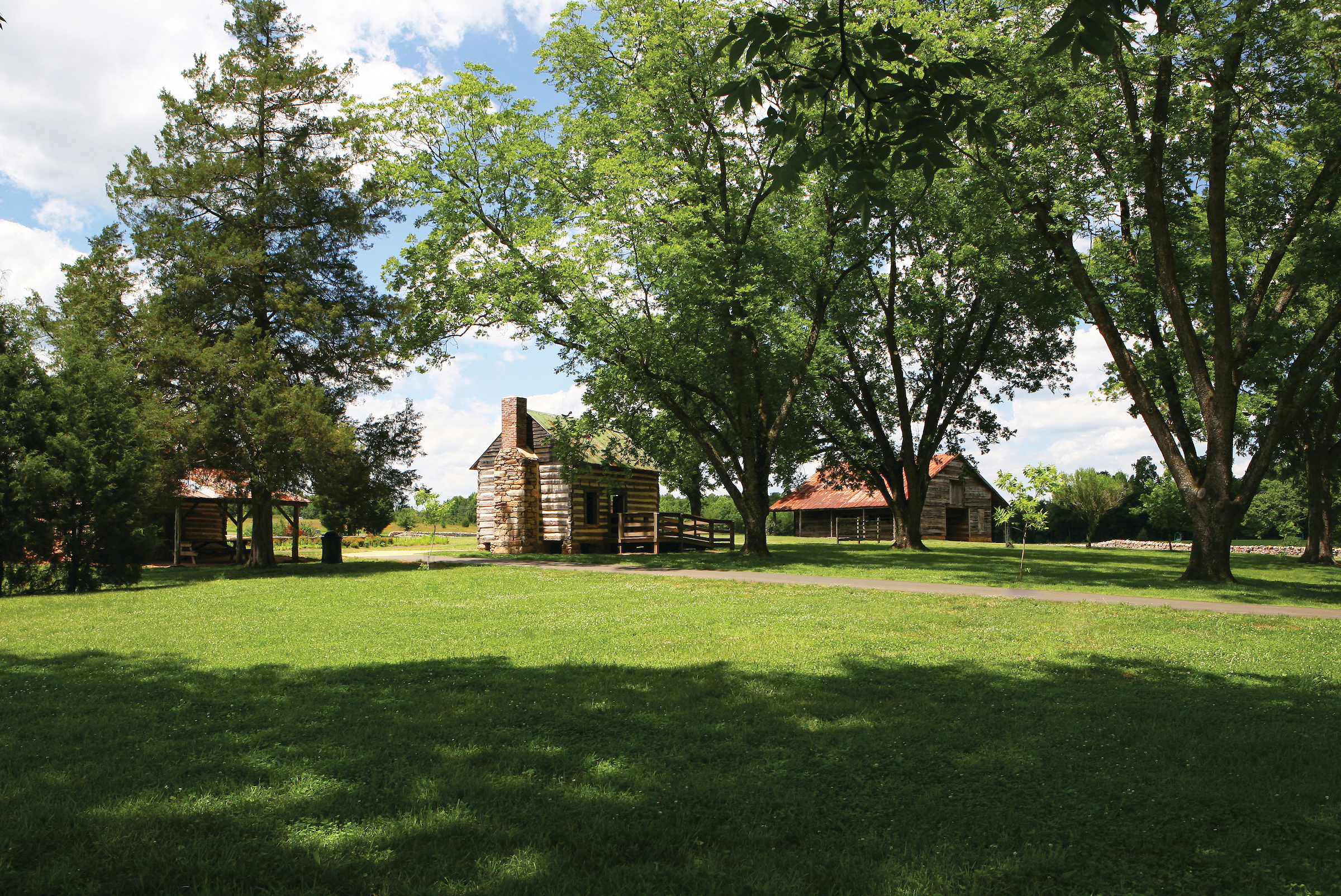Tips for Driving in Winter Weather
NCDOT offers the following safety tips for driving in winter weather:
- Clear windows and mirrors of ice before driving;
- Reduce speed and leave plenty of room between you and other vehicles in case either vehicle goes into a skid;
- Plan for significant additional travel time to reach your destination;
- Approach bridges and overpasses with extreme caution and do not apply your brakes while on a bridge or ramp unless necessary;
- If you begin to slide, take your foot off the gas and turn the steering wheel in the direction of the slide. Do not apply the brakes as that will cause further loss of control of the car;
- Come to a complete stop or yield the right of way when approaching an intersection in case any vehicles coming from other directions lose control of their vehicles while also trying to stop; and
- If you have a cell phone, take it with you. You can contact the Highway Patrol statewide by calling *HP (*47) or call law enforcement by dialing 911. But please don't call 911 to check on road conditions. That line is for emergencies only.
The NCDOT offers the following tips for driving on icy roads:
- Don't drive unless you need to. If you must, slow down and leave plenty of space between you and other vehicles. Do not use cruise control, and drive smoothly without sudden accelerating, braking or turning.
If you begin to slide, remember the following rules:
- Don't panic.
- Take your foot off of the accelerator.
- If you have to use the breaks, use them gently (antilock brakes should be applied with gentle, steady pressure; for standard, non-ABS brakes, pump the brake pedal gently to avoid locking up).
- Wait for the car to slow down enough to regain traction before gently accelerating.
Yield the right of way at intersections.
Rear-wheel skids
- Steer your vehicle in the direction that your rear wheels are skidding.
- Avoid focusing on what your vehicle may be headed toward and instead focus on getting out of the skid.
Front-wheel skids
- Shift into neutral.
- Don't try to steer immediately.
- When your vehicle begins to slow down, steer in the direction that you want your vehicle to go.
- Put the vehicle into gear and gently accelerate.
Safety Reminders
- Stay away from power lines that have fallen or are sagging. Consider all lines energized as well as trees or limbs in contact with lines. Please report downed power lines to Wake Forest Power and your local police department.
- If a power line falls across a car you're in, stay in the car. If you MUST get out of the car due to a fire or other immediate life-threatening situation, do your best to jump clear of the car and land on both feet. Be sure that no part of your body is touching the car when your feet touch the ground.
- If you are driving and encounter emergency responders or other roadside work crews, remember to MOVE OVER, it's the law in North Carolina, but a good practice for all drivers.
North Carolina "Move Over" Law
- North Carolina's "move over" law requires drivers to move over one lane when two or more lanes are available in each direction to make way for emergency responders, tow trucks, NCDOT incident management assistance patrols, and roadside work crews, such as utility crews. On roads with only one traffic lane in each direction, drivers must slow down and be prepared to stop. Violators could face a fine of up to $250.
